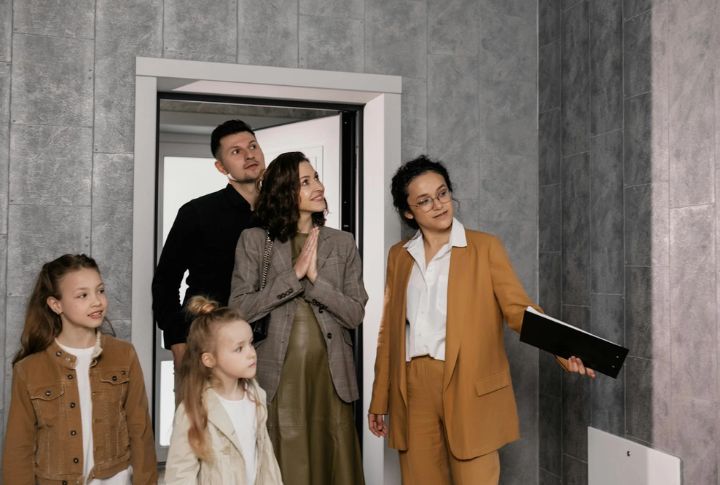
Some rooms just seem off despite their expensive decor. The difference? Design mistakes that quietly disrupt harmony. Even the most well-intentioned spaces can fall victim to these overlooked errors. Let’s look into ten styling blunders that even top designers can’t ignore. Don’t worry, we’ll tell you how to fix them.
Ignoring Proper Scale And Proportion
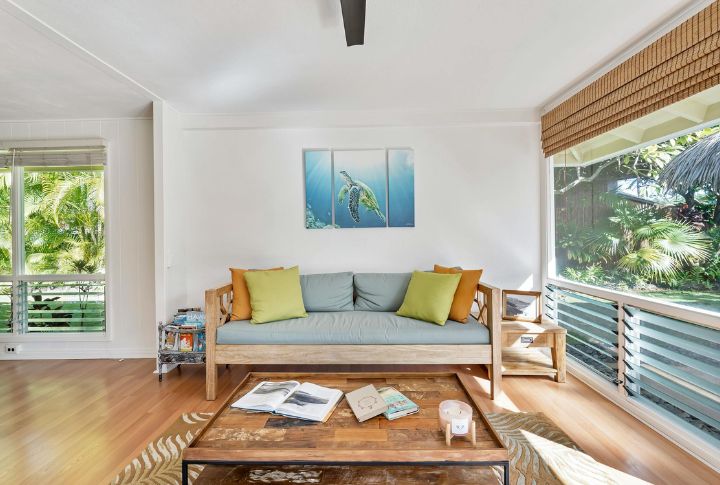
Cramming an oversized sectional into a tiny living room turns the space into an obstacle course. A well-balanced room requires furniture that fits its scale. So, a spacious sofa paired with appropriately sized chairs goes in a large living room, and a sleek loveseat for a small, cozy nook. Always measure before you buy.
Overcrowding With Excessive Decor
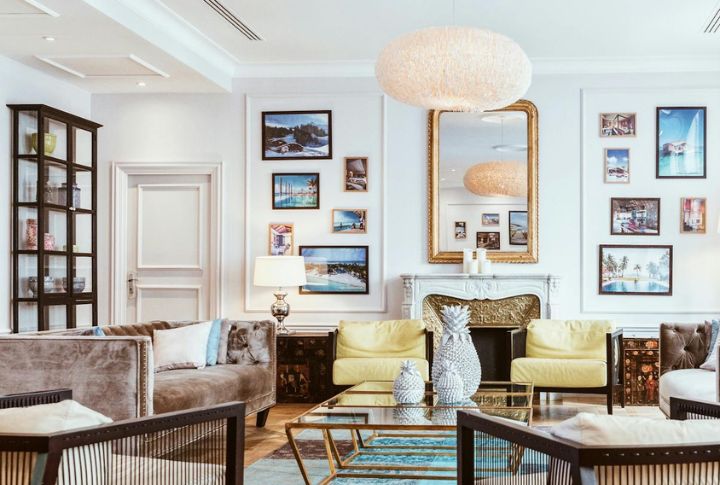
Too many decorative pieces turn a home into a museum of clutter. Instead of letting objects breathe, over-styling suffocates design. Edit ruthlessly—select statement pieces that enhance, not overwhelm. A curated, thoughtful arrangement leaves space for the eye to rest, allowing each piece to shine with purpose and intention.
Mismatched Furniture Styles
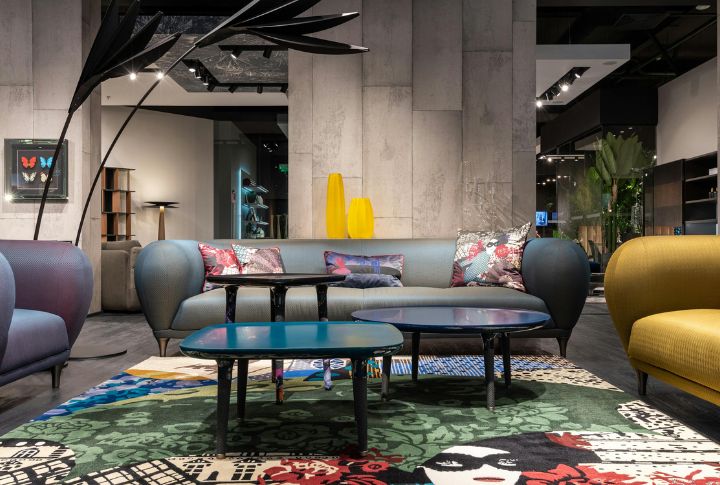
Eclectic decorating can be stunning, but without a unifying element, it risks looking chaotic. A room filled with disjointed furniture lacks cohesion. The fix? Establish a common thread—whether through color, texture, or design era—to bridge different styles. When contrast is intentional, the result is an effortlessly stylish, curated space.
Improper Lighting Choices
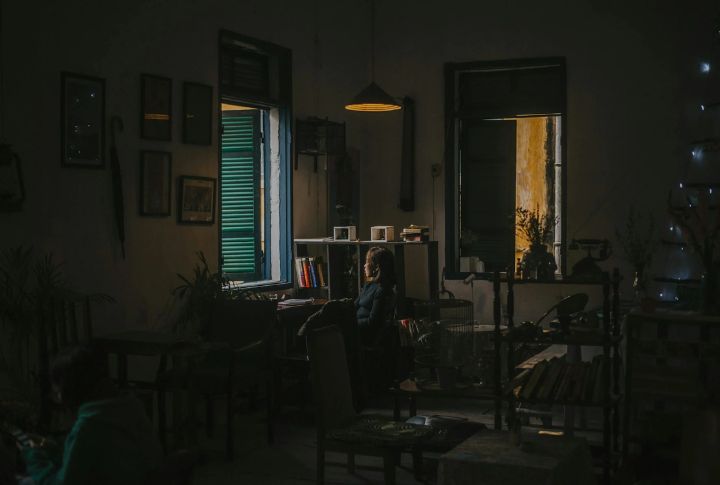
Lighting makes or breaks a room. And if you get it wrong, the ambiance suffers. Relying solely on overhead lights creates harsh shadows, whereas insufficient lighting leaves a space feeling dull. Layered lighting (overhead, task, and accent) adds warmth and dimension.
Neglecting Functional Layouts
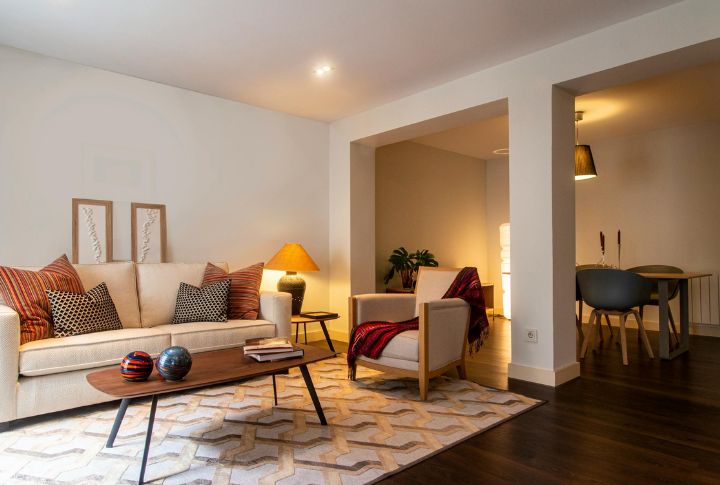
A functional layout shapes how effortlessly a space works beyond just its visual appeal. Scattered furniture creates awkward gaps. Crammed pieces, on the other hand, make movement a struggle. A room should invite both style and ease, so arrange furniture to encourage conversation and usability.
Choosing The Wrong Rug Size
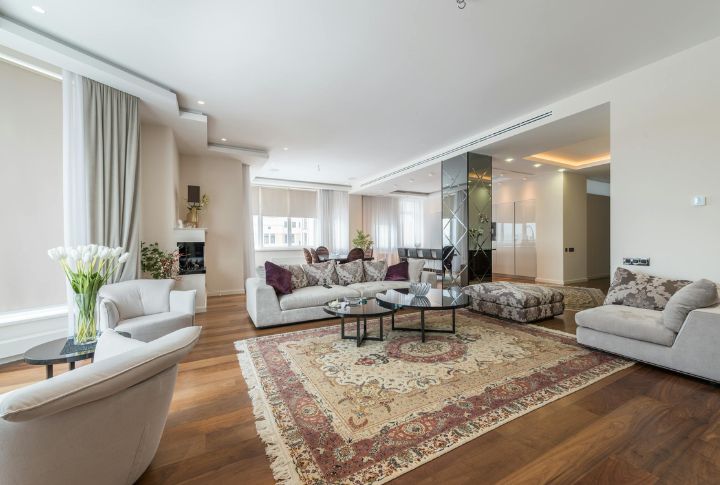
Rugs should anchor the furniture and not float aimlessly. An oversized rug can overwhelm a space, and a too-small one leaves a room feeling unfinished. The golden rule? Ensure that at least the front legs of your seating rest on the rug, grounding the room with warmth and a sense of cohesion.
Misplaced Or Inadequate Artwork
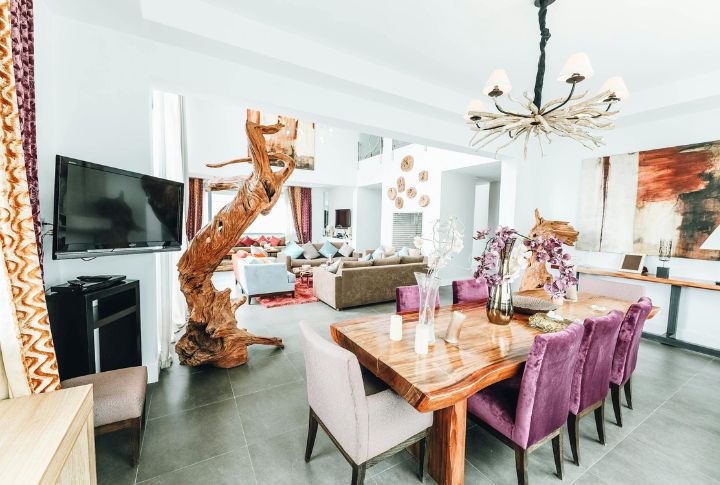
Art shouldn’t be an afterthought. Hanging pieces too high or too low or selecting pieces too small for a wall disrupts visual balance. A gallery wall demands careful spacing, where a single statement piece should command attention. Thoughtfully placed artwork enhances a space and frames personality. It’s not just about filling walls.
Following Trends Without Personalization
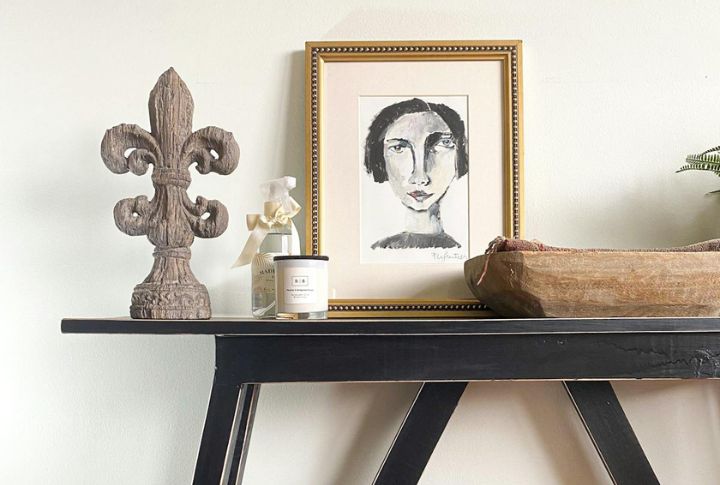
Trendy interiors might impress on social media, but do they reflect you? A home should tell your story, not just echo fleeting fads. Swap mass-produced decor for meaningful pieces like heirlooms, travel finds, or personal artwork. When trends fade, authenticity remains.
Inconsistent Flooring Materials
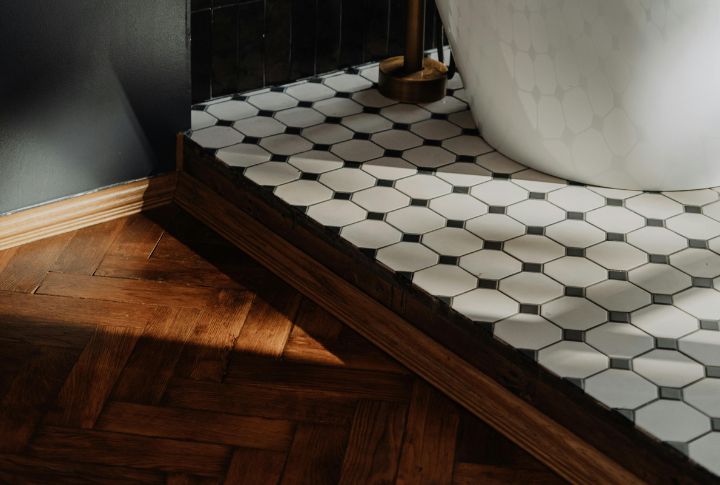
Dramatic flooring transitions make a home feel disjointed. Abrupt changes from tile to carpet to hardwood disrupt visual continuity. While contrast can be effective, cohesion is key. Opt for consistent materials or seamless transitions between rooms. A thoughtfully planned floor scheme enhances spaciousness and harmony throughout the home.
Overlooking Window Treatments

A well-dressed window is the secret ingredient to a polished, finished look. Window treatments regulate light and frame views. Ill-fitting drapes feel sloppy, and bare windows strip a room of warmth. The right curtains or blinds complete a space by softening harsh lines and enhancing the ambiance.

